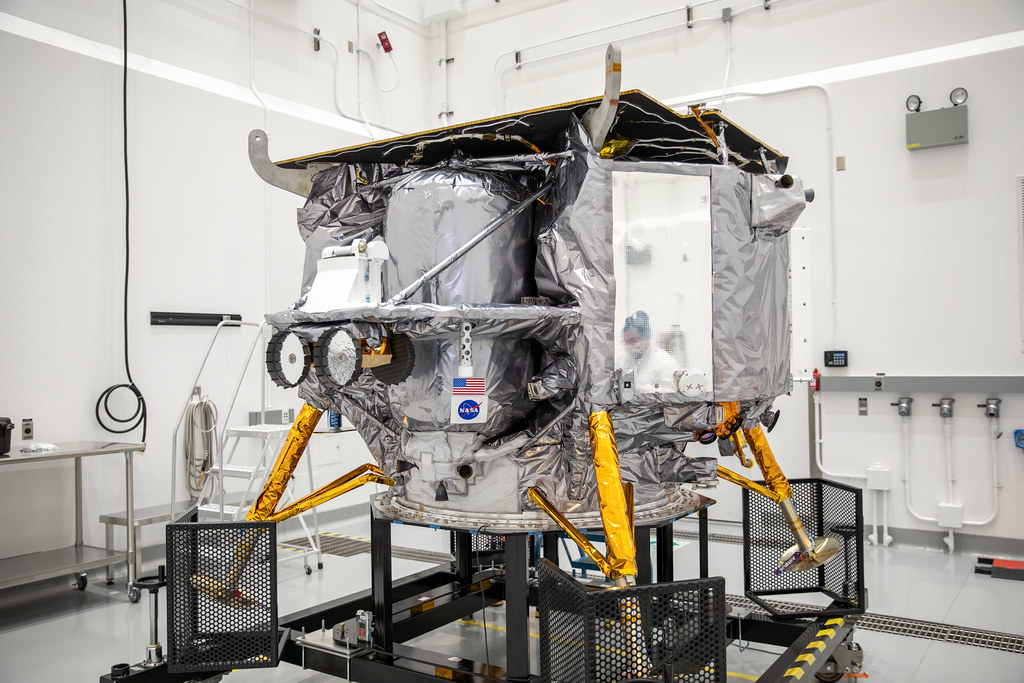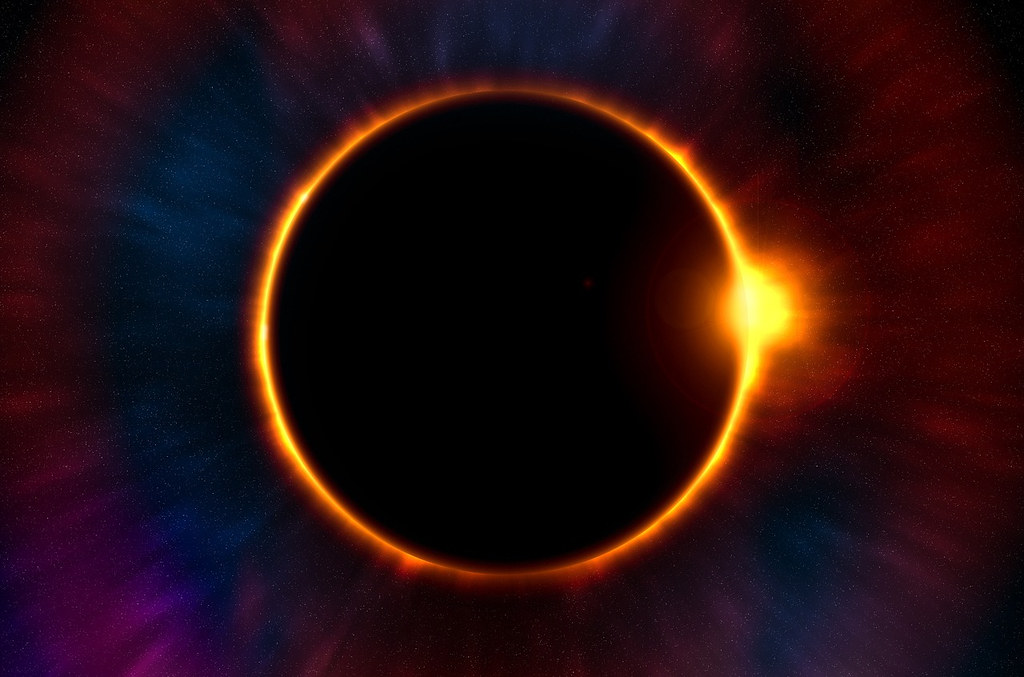2024 is expected to be a crucial year in the development of the space industry, with the United States preparing to launch the first of the world’s eight potential moon projects. This is the first American soft-landing mission in 51 years and has the potential to facilitate the privatization of the space industry.
At 2:18 a.m. (ET) on January 8th, the Peregrine lander, developed by the Pittsburgh-based company Astrobotic Technology, is set to launch from Cape Canaveral, Florida, seeking to become the first commercial space mission to reach the moon. Previously, only space agencies from the United States, the Soviet Union, China, and India have been able to successfully land on the moon. If successful, this unmanned mission has the potential to open up the space domain to private companies, rather than strictly being controlled by government agencies. Assuming the launch follows schedule, the Peregrine lander is expected to land on February 23 at a site known as Sinus Viscositatis, a region comprised of hardened, ancient lava.
Despite being a commercial operation, NASA’s Commercial Lunar Payload Services program is sponsoring the mission, as they seek to gather information about the moon’s geological composition. NASA decided to equip the spacecraft with a variety of scientific instruments that record data on radiation levels, the abundance of hydrogen, and the movement of water molecules on the moon’s surface. Moreover, NASA seeks to establish a partnership with commercial enterprises, as they feel that these partnerships could allow for more frequent and less expensive missions to the moon in the future.
In addition to this scientific focus, Astrobotic has also partnered with companies such as Elysium Space and Celestis in order to allow for “space burials”, in which cremated remains are taken to the moon for release. Unfortunately, this project has raised controversy with indigenous groups such as the Navajo Nation, whose culture places significant value on the moon; however, John Thornton, the CEO of Astrobotic, hopes to resolve these disagreements.
For those who are interested in observing this critical development in the space industry, coverage of the launch will be available on NASA networks and further updates will be provided in a later article.































